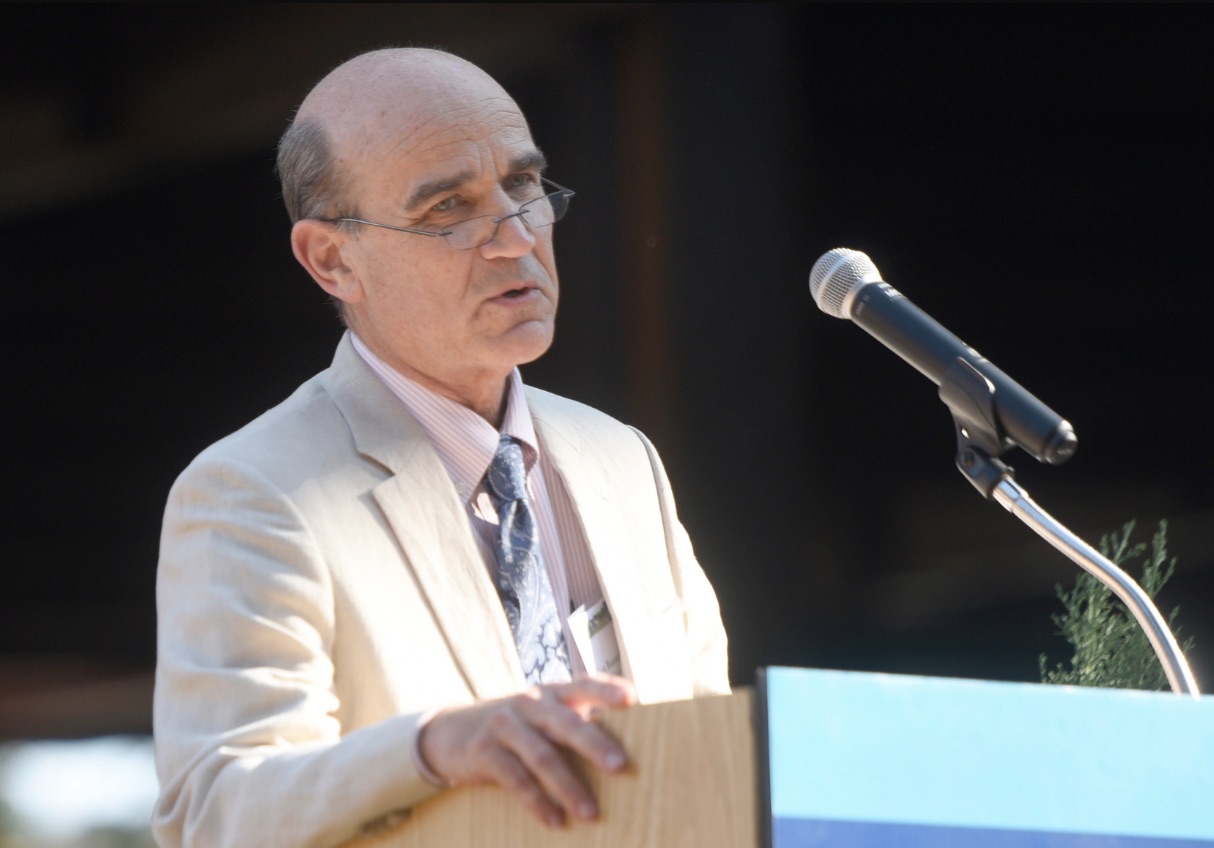[ad_1]
Sansum CEO Kurt Ransohoff announced Friday that Santa Barbara County’s Sansum Medical Clinic has embarked on exclusive negotiations to “enter into a strategic partnership” with Sutter Health, a major not-for-profit health-care enterprise based in Northern California boasting 24 acute care hospitals, 33 walk-in surgery centers, and a host of clinics that combined employ 52,000 people and take in $14 billion a year in total revenues. In plainer language, Ransohoff stated that Sutter would effectively become Sansum’s new owner, though Sansum, he added, would continue to manage itself.
During an interview late Friday afternoon, Ransohoff explained that Sansum began looking for a partner 15 years ago to achieve a more solid financial footing. Back then, he recalled, Sutter was the first organization Sansum contacted. Both Sansum and Sutter, he noted, are not-for-profit health-care providers. The Great Recession of 2008 put an end to those talks. At that point, Sansum and Cottage twice pursued a partnership, but the federal government declined to approve the deal.
Since Sansum first approached Sutter 15 years ago, the economics for stand-alone not-for-profit clinics like Sansum — really the only one of its kind in the state — have grown only rockier. The pandemic left Sansum financially pummeled, though its last-minute infusion of federal revenues gave Sansum’s financial reports a false and overly optimistic glow. Based on the clinic’s financial reports for the year 2021, one would think Sansum made money. In fact, Ransohoff said, it lost money.
At the same time that inflation has taken a toll, the Sansum’s Medicare reimbursements have gone down, not up. And Medicare accounts for about 40 percent of Sansum’s business, Ranshohoff stated. On top of that, UCLA has moved into the Santa Barbara health-care market, pursuing lucrative specialties — like cancer care — while leaving Sansum to provide the less remunerative but absolutely essential primary care services.
Ransohoff said he fully expects Sutter to help Sansum bring on more primary care doctors. Because Sutter operates so many hospitals, they use medical residents. Once they finish their medical residencies, Ransohoff stated, they should add significantly to the pool of potential applicants for primary care vacancies — now in the double digits — that have proven so hard for Sansum to fill.
With the availability of the additional resources Sutter can bring to bear, Ransohoff said, Sansum patients won’t have to wait so long to get appointments to be seen.
“Nobody wants these wait times,” Ransohoff said.
Ransohoff added that Sutter has already implemented online scheduling. He also suggested that Sutter’s heft should help when wrangling with recalcitrant insurance providers balking at paying the bills of Sansum clients.
Ransohoff added that the deal — should it be consummated — will provide economies of scale, but he stressed those would not take place until “down the road.” He said it was still too soon to talk about what departments might experience layoffs. In the past year, 17 positions have been lost.
“Metaphorically, I would say we skate really well, but we’ve been skating on thinner ice than we should,” Ransohoff said. “Given who we are and what we do in this community, we should be skating on thick ice. In a nutshell, this will allow us to do just that.” Sutter, he noted, has publicly committed to spending $800 million to expand outpatient services and care.
The news of these negotiations has long been the source of intense community buzz and speculation. The official confirmation comes as Sansum celebrates its 100th year in operation as a not-for-profit provider for 125,000 patients.
The federal government must approve any transactions involving the purchase price of one dollar or more. Based on Sansum’s prior experience with federal oversight, Ransohoff indicated the purchase price would be less than that.
Barring any unforeseen opposition from the state Attorney General — who must approve the deal — Ransohoff said Sansum and Sutter should be signing on the bottom line within six months. The name of the operation would change, he said, to reflect Sutter’s new ownership as well as Sansum’s underlying identity. Ransohoff expressed confidence there will be no cause for the Attorney General to say no.
“We’re two organizations of like mind with similar values and histories. We’re both not-for-profits. And they’d be bringing resources into the community as opposed to taking them out.”
[ad_2]
Source link


